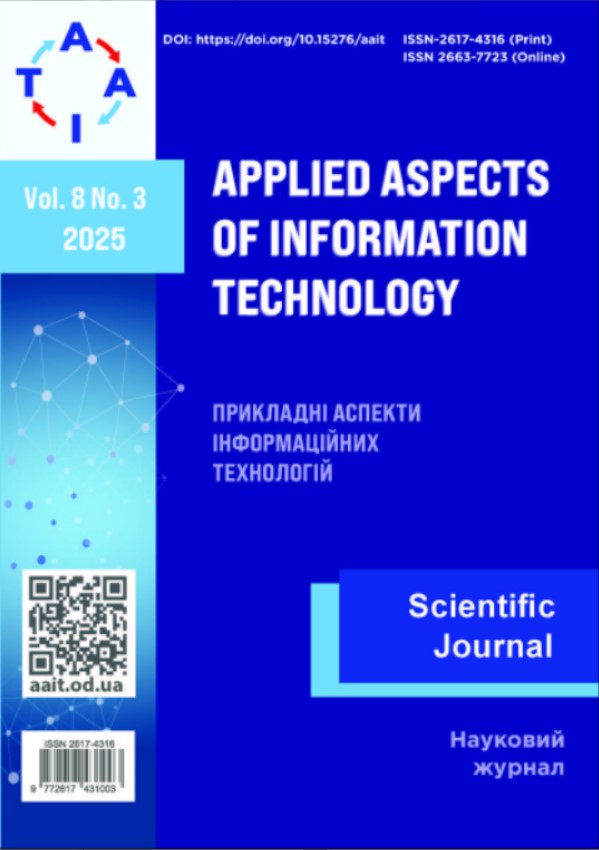Parametric approach to improving significant indicators of thermoelectric systems for maintaining thermal conditions
Main Article Content
Abstract
The problem of improving the reliability of complex systems is fundamental, since it is impossible to achieve complete failure-free operation in real systems that interact with the external environment. In modern information systems, increasing the probability of failure-free operation by stabilizing the temperature of critical heat-loaded elements using a thermal control system remains a pressing issue. To solve this problem, a mathematical model of a thermoelectric cooler of a given design has been developed. The model is intended for comparative analysis and assessment of the influence of various combinations of parameters of the initial thermoelectric material of equal efficiency on the main performance indicators of the product under variable current load. The results of calculations of reliability indicators, dynamic and energy characteristics of single-stage thermoelectric coolers, and the geometry of thermoelectric element chains are presented for various combinations of parameters of the initial thermoelectric materials. It is shown that with a rational design of a single-stage thermoelectric cooler, it is possible to select a combination of parameters of the initial material with the same efficiency to reduce the operating current and increase the supply voltage at different thermal loads. Additional means of controlling the parameters of a thermoelectric cooler are the geometry of the thermocouple branches, the physical parameters of the initial thermocouple materials, the operating current, the supply voltage, and the failure rate. Analysis of the research results showed that it is possible to select a combination of raw material parameters that reduces the operating current by an average of 20% and reduces the relative failure rate by up to 40% under otherwise equal conditions.



